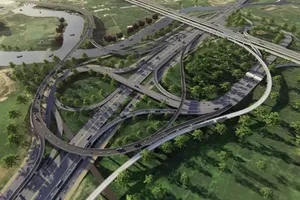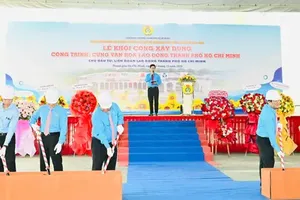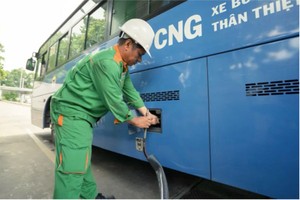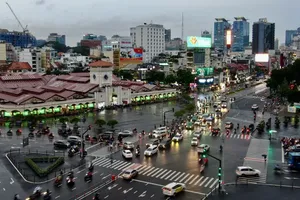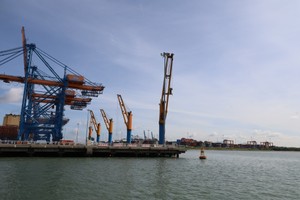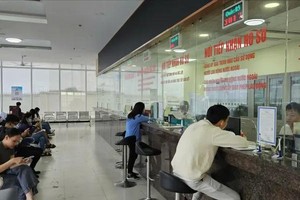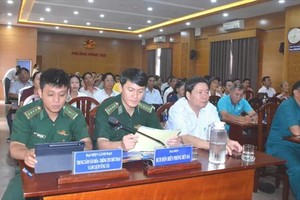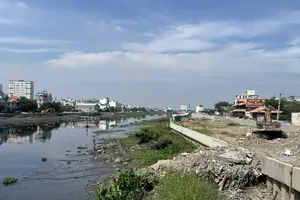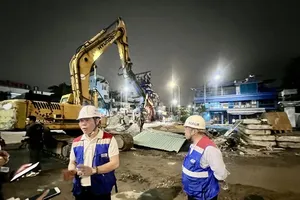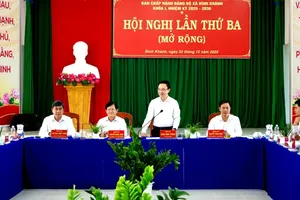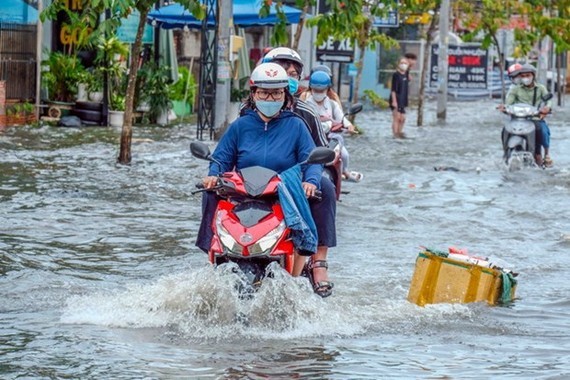
HCMC, Can Tho City, and other urban areas in the Southern part have repeatedly experienced heavy flooding, causing annoying disruption to daily activities and work of residents, not to mention traffic disorders. This year’s high tide has surpassed the recent peak in 2019, and this means people still have to endure the flooding state a little longer.
Scientists have proved that local urban flooding is caused by weather conditions, high tide, hydrological regime, and sudden large-scaled heavy rain. However, the most prominent reason is that human beings have stopped natural water flows of rivers.
Natural reservoirs to regulate water flows for thousands of years in Dong Thap Muoi, Long Xuyen Quadrangle, Dong Nai River watershed have been destroyed. Many natural canals have been eliminated to make way for construction sites. The result is that a higher road in this location creates severe flooding in other places. This can be seen in many large and small cities, whose planning is outdated and inconsistent.
The flood control programs in HCMC and other provinces have used up thousands of billions of the national budget, yet the situation is not much better.
To amend this problem, it is not wise to merely spend a large sum of money on construction works, but to simultaneously raise the awareness of the public about flexible water regulation, work and travel schedule adjustment.
More importantly, the systems of Dong Nai River, Saigon River, Vam Co River, Tien and Hau Rivers are well-known to be affected by the semidiurnal tidal cycle, with the peak in the middle of September in the lunar calendar. With a well-planned sewage system, the high tide can disappear in 1-2 hours. Sadly, many localities only try to fight against urban flooding by raising the road level in their area, and thus transferring this difficulty to others.
A logical flooding control program needs technical construction works, high tide and flood control via consistent dikes and sluices, effective pumping stations and drainage systems; but the most essential is to avoid local thinking of leaving difficulties to other people to address.
It is high time people, businesses, organizations observed warnings and recommendations of weather forecasters and hydrology agencies to adjust their working and travel schedules accordingly. For instance, the Can Tho City Department of Education and Training has just based on the weather forecast to allow online learning in certain local schools and universities from October 11-13 to avoid high tide.
In short, the fight against urban flooding cannot totally depend on just construction works but also on raising the awareness of the community, so that more effective planning at region level can be devised to eliminate difficulties and suffering to people and socio-economic activities.

